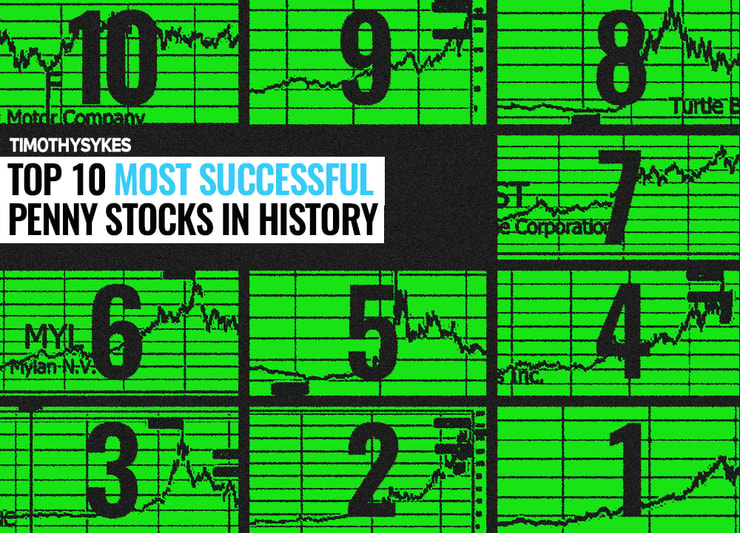Last weekend, during the annual Berkshire Hathaway investor meeting, Warren Buffett announced his retirement as CEO of the legendary investment bank.
Look at my post below:
Buffett also announced that he would make Greg Abel the new CEO by this year’s end.
This is big news.
Warren Buffett is affectionately referred to as the Oracle of Omaha.
He started investing when he was just 11 years old. And during his 60-year tenure at Berkshire Hathaway, the company’s share price spiked 5,502,284%.
That makes for a compounded annual gain of 19%. Far outperforming the S&P 500 … Look at the image below:

The question on everyone’s mind is: Can Buffett’s successor maintain a similar annual return?
A 19% compounded annual gain is pretty substantial. Especially when the larger market only returns 10% when dividends are included.
But what If I told you, I know a trader with a compounded annual gain that blows Buffett out of the water …
This trader:
- Uses the same patterns over-and-over again trading the hottest stocks in the market.
- Started with $7,500.
- Is still active and teaching other traders how he trades.
Maybe Buffett should have shopped around a bit before announcing a new CEO.
Insane Account Returns

2025 Millionaire Media, LLCThis trading strategy is accessible for anyone.
It’s especially helpful for small-account traders looking to grow their account’s value quickly.
And you don’t have to be perfect …
For example, I’m not that good of a trader, and my compounded annual gain is still 27%. I’ve been using this process for over two decades.
But it’s nothing compared to Jack Kellogg.
Jack is a shining example of what’s possible in the market with this trading strategy.
Since starting in 2017 with $7,500, Jack has grown his account to $19.2 million, a compounded annual growth of 166%!
All these years later, he’s still using the same patterns.
But his position size has grown. Look at a recent trade example below:

Compared to my position on the same stock …
The Key To Jack’s Performance
I use the same strategy as Jack, but we have different profits …
See, I never had a mentor to teach me this trading process.
Instead, I’m the one who stumbled upon it.
I started trading in 1999. And by 2017, my trading process was fully cemented and on display for traders to study.
Jack Kellogg took the initiative to study this process relentlessly. He had a path to follow. That’s how he’s managed such big returns over the years.
Comparatively, my trading still suffers from the lack of a mentor. I’ve been burned too many times on the wrong plays. A mentor could have steered me away from those setups.
Jack realizes the importance of a trading mentor. And in recent months, he’s even begun to teach his own students.
You can follow Jack as he plans trades on the next hottest stock!
Learn Jack’s process and use it to track his next trade:
You don’t have to be Warren Buffett to profit in the market.
Instead of worrying where Apple Inc. (NASDAQ: AAPL) is going in the next few months …
And instead of pouring through earnings reports, theorizing political catalysts …
Focus on a trading strategy that benefits small-account traders.
- We use the same patterns over-and-over again.
- The trades can take as little as a few minutes. So we don’t have to worry about our position over the long term.
- And the stocks are cheap. You could buy just one or two shares in the beginning if you want.
Jack has already outperformed my trading profits with my own strategy.
And he’s still a young guy. Jack is only 26.
When he turns 96 years old, and retires like Warren Buffett, everyone will wonder:
“Where was I in 2025 when Jack was still gaining steam? If only I had learned his trading process.”
Cheers.
*Past performance does not indicate future results










Leave a reply